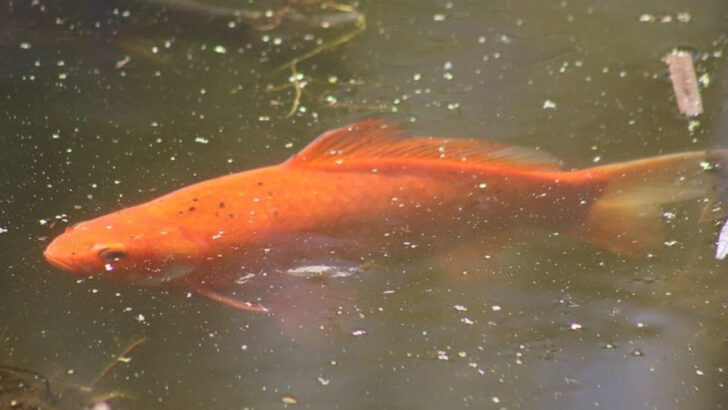Some fish don’t just survive in polluted water—they thrive in it like scrappy little superheroes.
While other species vanish at the first whiff of oil, plastic, or runoff, these aquatic tough guys roll up their fins and get to work. They’re swimming proof that evolution has a gritty side.
Think of them as the underdogs of the underwater world.
They’ve adapted to murky rivers, toxic lakes, and forgotten streams.
They’ve outlasted industrial spills, heavy metals, and chemical cocktails no living thing should have to face.
And the wildest part?
They’re not just hanging on—they’re multiplying, building communities, and carving out their own ecosystems where no one else dares to.
Let’s dive into 15 of these unstoppable species.
They’re not glamorous, but they’re fierce, fascinating, and tougher than a two-dollar steak.
Common Carp
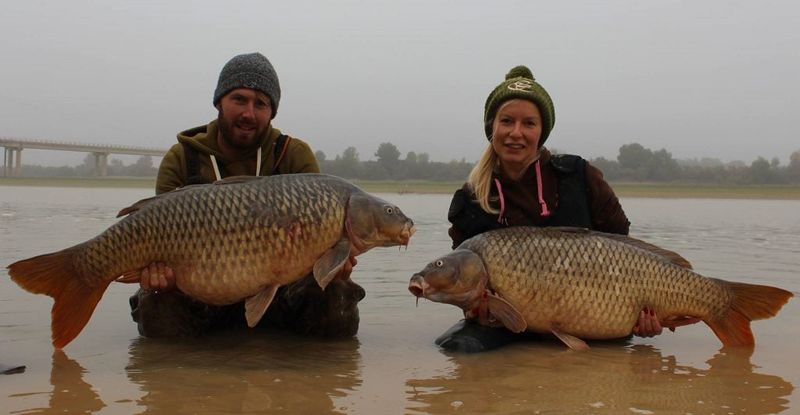
Imagine a fish that can thrive in conditions where others falter. The common carp is such a marvel. Originally from Asia, this species has made itself at home in America’s polluted waters. Known for its hardiness, the carp can withstand low oxygen levels and high levels of pollution, feeding on detritus and plant material. This adaptability has made it a common sight in urban waterways, where it helps keep ecosystems balanced by controlling algae blooms. Its resilience is a double-edged sword, though, as it competes with native species for resources.
Channel Catfish
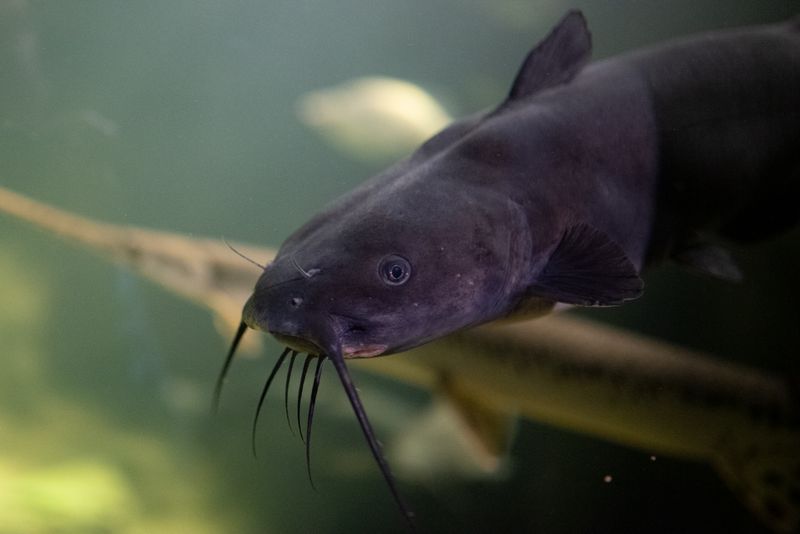
With a face full of whiskers, the channel catfish is a familiar inhabitant of America’s cloudy rivers. Its ability to thrive in murky waters is due to its keen sense of taste and smell, allowing it to find food even when visibility is low. This nocturnal feeder uses its whiskers to sense its environment and locate prey. Channel catfish are known for their adaptability, enduring poor water quality and fluctuating temperatures. They play a crucial role in maintaining the health of aquatic ecosystems by consuming dead and decaying matter.
Fathead Minnow
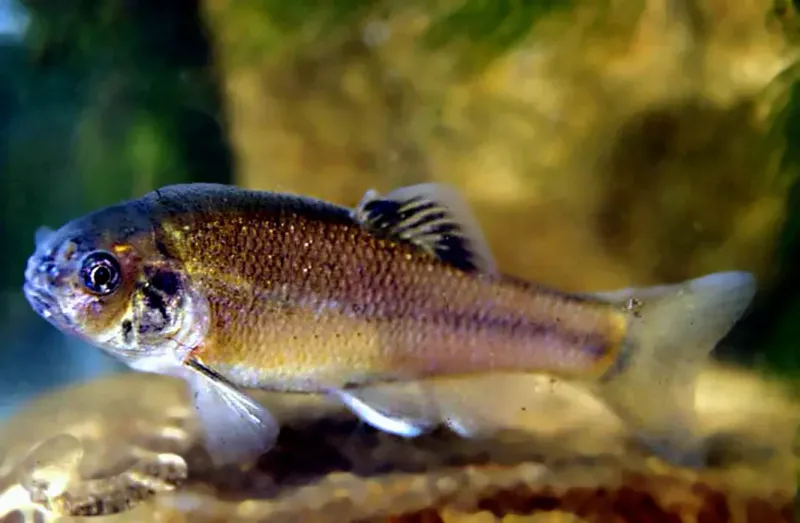
Small but significant, the fathead minnow is often found in polluted ponds across America. Its resilience is noteworthy, as it can survive in waters with low oxygen and high pollutants. This adaptability makes it a popular choice for toxicological studies. Fathead minnows feed on a variety of small organisms, playing a vital role in controlling mosquito populations. Their breeding habits are equally robust, with males known for constructing nests and guarding them diligently. Despite the harsh conditions, these minnows continue to populate and maintain the balance of their ecosystems.
Largemouth Bass
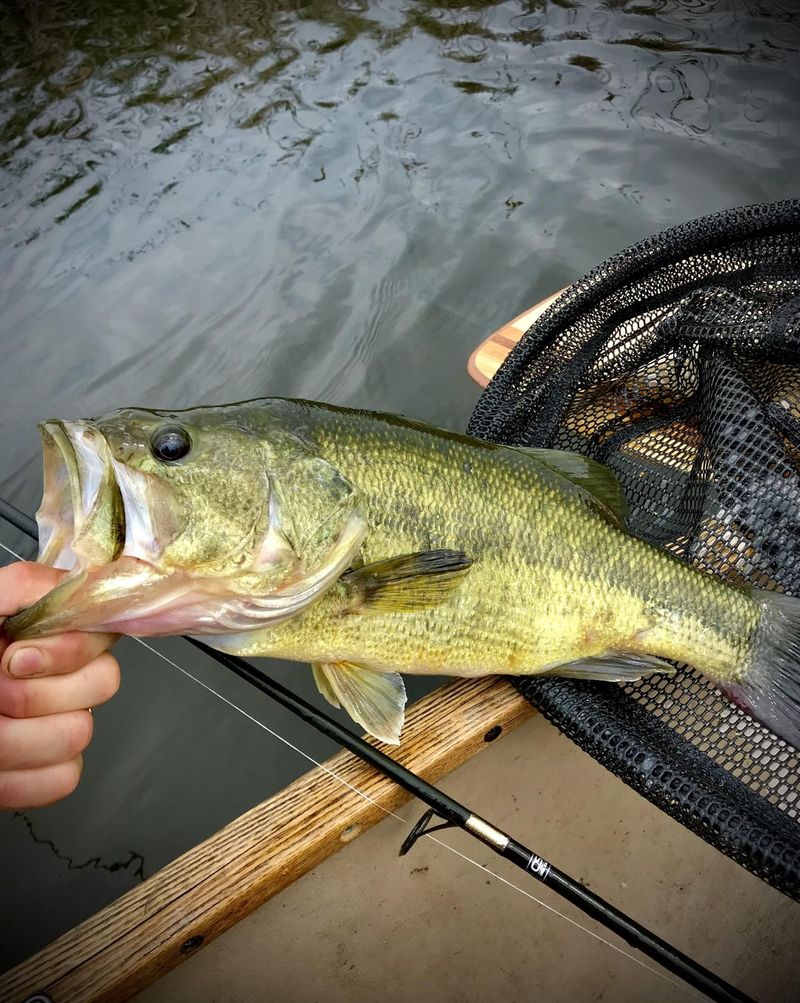
The largemouth bass is a testament to adaptability, thriving in nutrient-rich, polluted waters. This predatory fish has a voracious appetite, feeding on smaller fish and crustaceans. Its presence is often an indicator of water quality, as it can survive in environments with low oxygen levels. Largemouth bass are known for their aggressive nature, making them a favorite among anglers. Their ability to adapt to changing conditions has allowed them to flourish in both natural and human-altered waterways, contributing to their widespread presence across America.
Bullhead Catfish
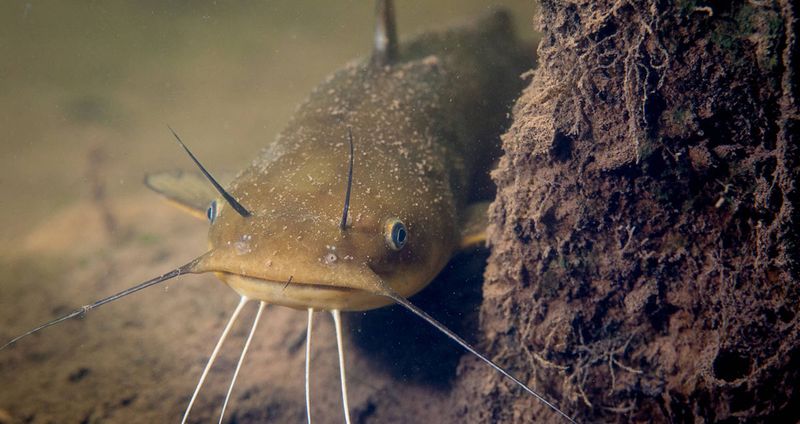
In the depths of silt-laden rivers, the bullhead catfish persists where others cannot. Known for its rugged resilience, this fish thrives in low-oxygen, high-sediment environments. Bullheads are bottom feeders, scavenging for organic material and small invertebrates. Their stout bodies and barbels are perfectly adapted to navigating murky waters. This adaptability not only allows them to survive but to also maintain the ecological balance by processing detritus. Despite their unassuming appearance, bullhead catfish are essential to the riverine ecosystems they inhabit.
Gizzard Shad

Gizzard shad are heroes of the polluted waters, often found in large schools in America’s rivers. Their unique feeding strategy involves filtering plankton and detritus, which helps maintain water quality in compromised environments. Despite the challenging conditions, gizzard shad grow quickly, providing a food source for larger predators. Their presence is vital for the ecosystem, as they help with nutrient cycling and energy transfer. While not targeted for fishing, their resilience allows them to thrive in habitats others avoid, showcasing nature’s adaptability.
Mosquitofish
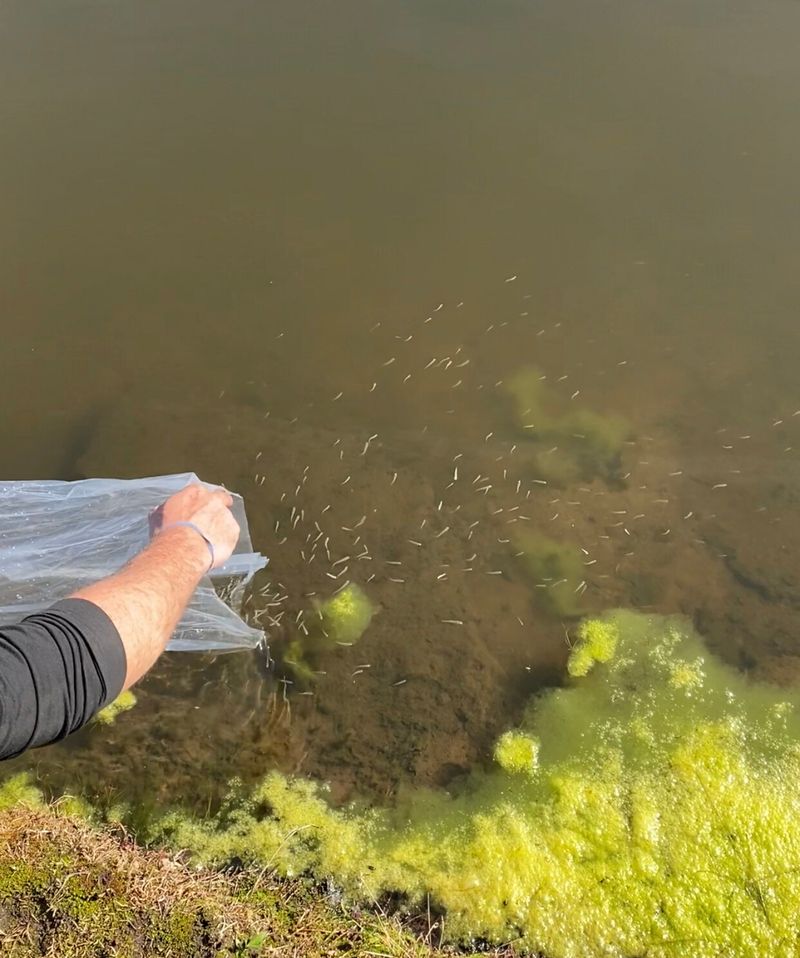
Tiny but mighty, mosquitofish are often found in stagnant, algae-filled ponds. These small fish are incredibly resilient, capable of surviving in harsh environments with poor water quality. Mosquitofish are voracious eaters of mosquito larvae, playing a crucial role in controlling mosquito populations. Their adaptability is reflected in their breeding habits, with females capable of producing multiple broods in a single season. Despite their size, mosquitofish have a significant impact on their ecosystems, showcasing the power of small creatures in maintaining ecological balance.
Green Sunfish
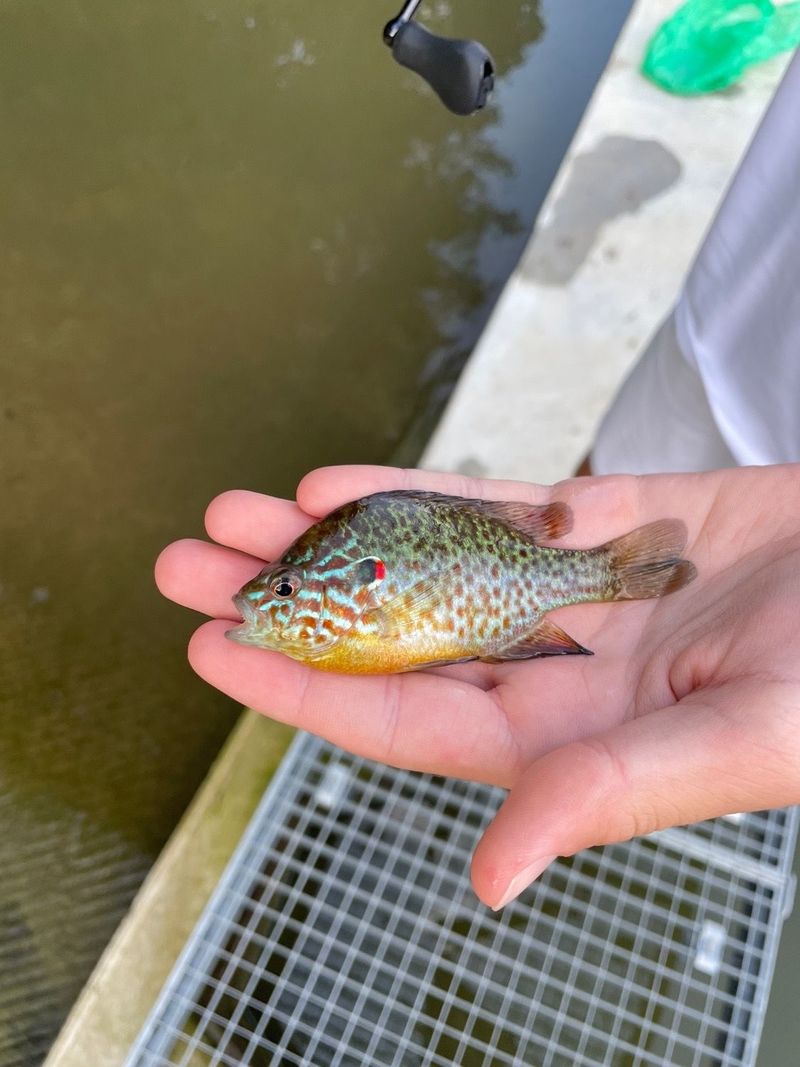
With striking colors and a hardy nature, the green sunfish thrives along polluted shorelines. Known for its aggressive feeding habits, this species preys on insects and small fish, helping control pest populations. Green sunfish have a high tolerance for poor water quality, allowing them to inhabit areas affected by industrial runoff. Their adaptability to different environments has enabled them to spread across various habitats. Despite the challenges posed by pollution, green sunfish continue to play a role in maintaining the ecological dynamics of their home waters.
Bluegill
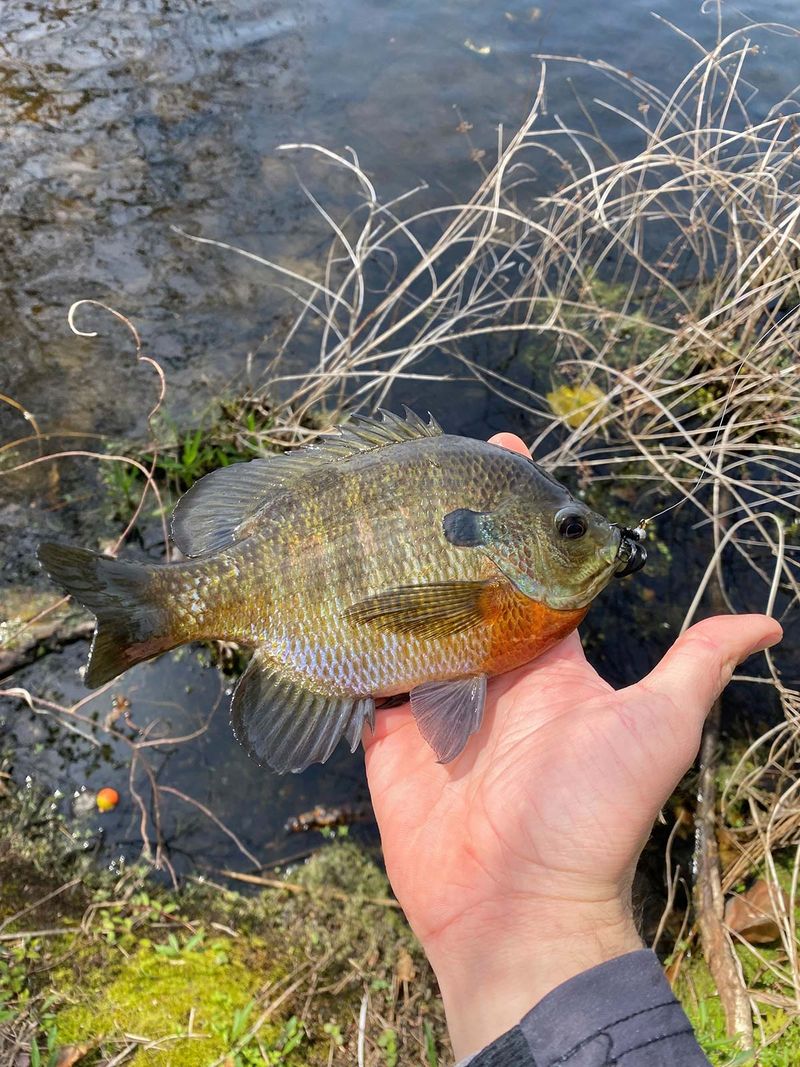
Bluegill are familiar residents of murky lakes, often found where urban development meets natural waterways. These adaptable fish have a varied diet, feeding on insects, crustaceans, and plant matter. This dietary flexibility enables them to survive in environments with fluctuating food sources. Bluegill are known for their social nature, often schooling with other fish for protection. Their presence in polluted waters highlights their resilience and ability to thrive despite adverse conditions. By contributing to the food web, bluegill support the biodiversity of their ecosystems.
Black Bullhead
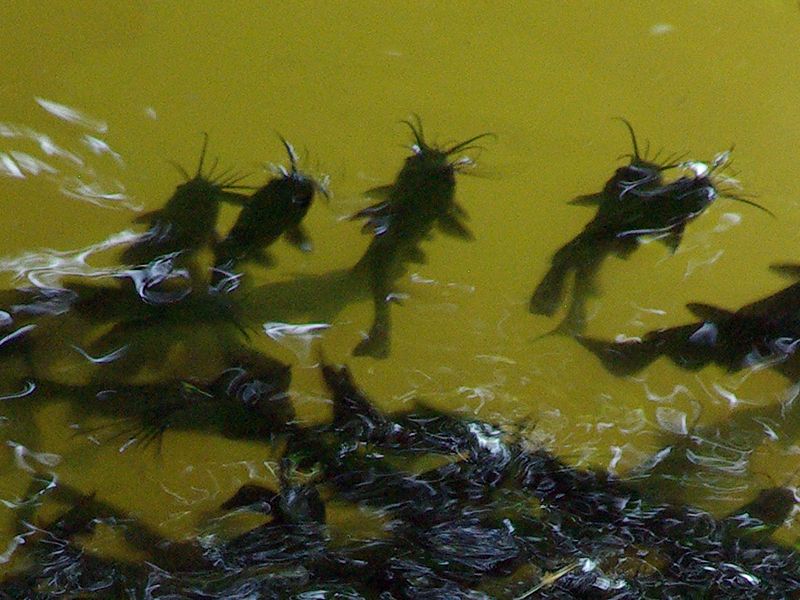
The black bullhead is a master of survival in muddy, debris-laden waters. Known for their scavenging habits, these fish feed on almost anything, from plant material to small invertebrates. This opportunistic diet allows them to thrive even in polluted conditions. Black bullheads are equipped with barbels that help them navigate and find food in dark, turbid environments. Their persistence in challenging habitats makes them a staple in many urban waterways, where they aid in breaking down organic matter and maintaining the ecological balance.
White Sucker
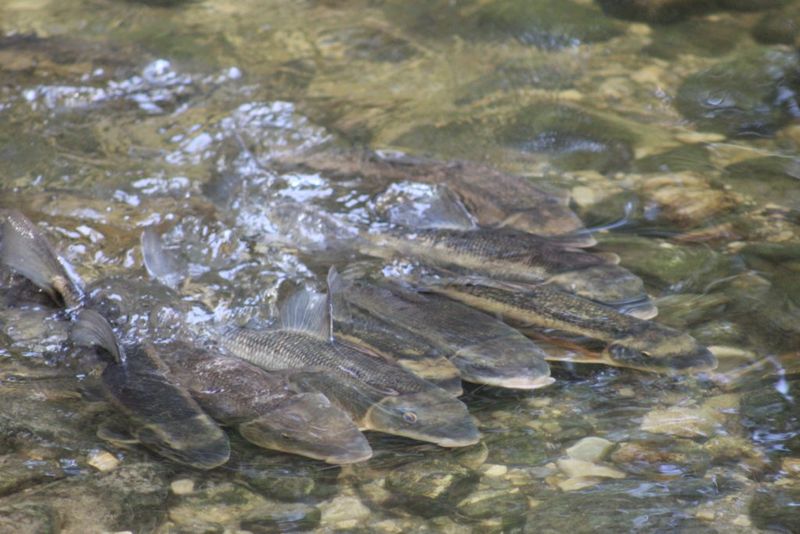
Amidst fast-flowing, polluted streams, the white sucker carves its niche. This fish is a bottom dweller, using its specialized mouth to feed on organic debris and small invertebrates. Its adaptability to various water conditions, including low oxygen and high pollutants, sets it apart. White suckers play a vital role in nutrient cycling within their ecosystems. Their presence often indicates the health of the waterway, as they can tolerate but not thrive in overly toxic environments. Despite challenges, they persist, contributing to the ecological fabric.
Yellow Perch
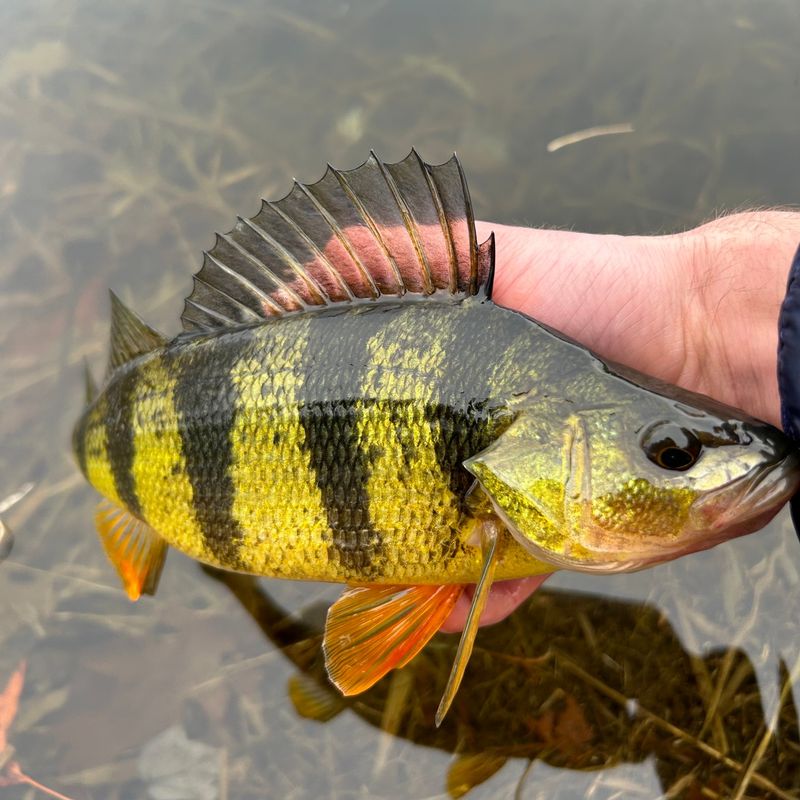
Yellow perch are vibrant inhabitants of eutrophic lakes, often found amidst algae blooms. These fish are highly adaptable, with a diet that includes insects, crustaceans, and smaller fish. Their presence in nutrient-rich waters is crucial for controlling algal growth, as they feed on the organisms that contribute to blooms. Yellow perch are popular among anglers for their taste and resilience. Despite the challenges posed by pollution, these fish continue to thrive, showcasing the delicate balance between adaptation and survival in compromised environments.
White Perch
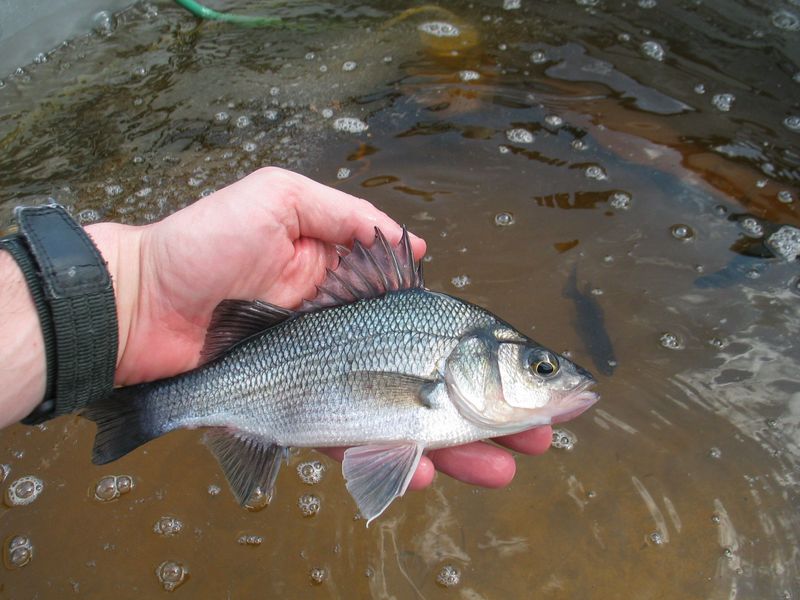
In brackish estuaries affected by industrial activity, the white perch makes its home. Known for its versatility, this fish can adapt to both fresh and saltwater environments. White perch are opportunistic feeders, consuming a wide range of prey, which enables them to thrive in fluctuating conditions. Their adaptability is a testament to their survival skills in polluted habitats. White perch play a crucial role in the food web, supporting both predator and prey populations. Despite challenges, they remain a fixture in America’s waterways, balancing ecosystems.
Goldfish
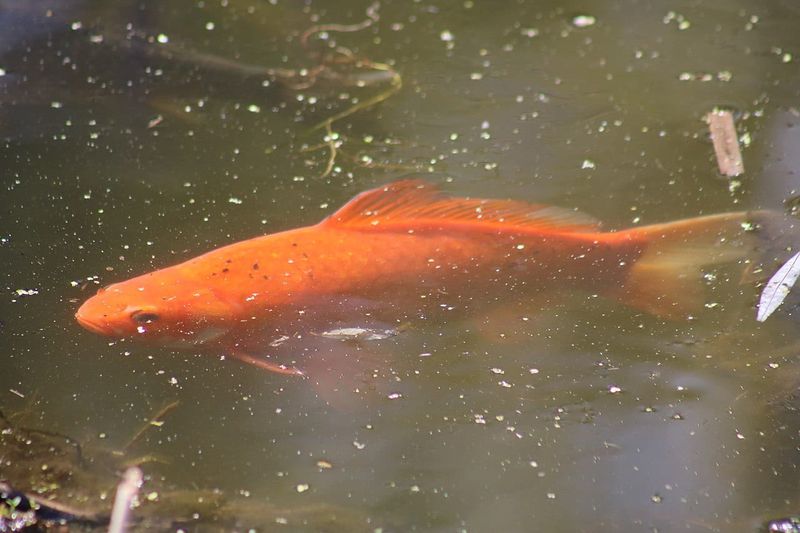
The ubiquitous goldfish, often thought of as a pet, has adapted remarkably well to polluted ponds. Known for their striking appearance, goldfish are hardy survivors capable of enduring low oxygen and high toxin levels. These fish feed on a variety of plant and animal matter, cleaning up detritus in their environments. Goldfish are prolific breeders, contributing to their success in both aquariums and wild habitats. While they are visually appealing, their ability to thrive in less-than-ideal conditions highlights their importance in maintaining ecological health.
Brook Stickleback
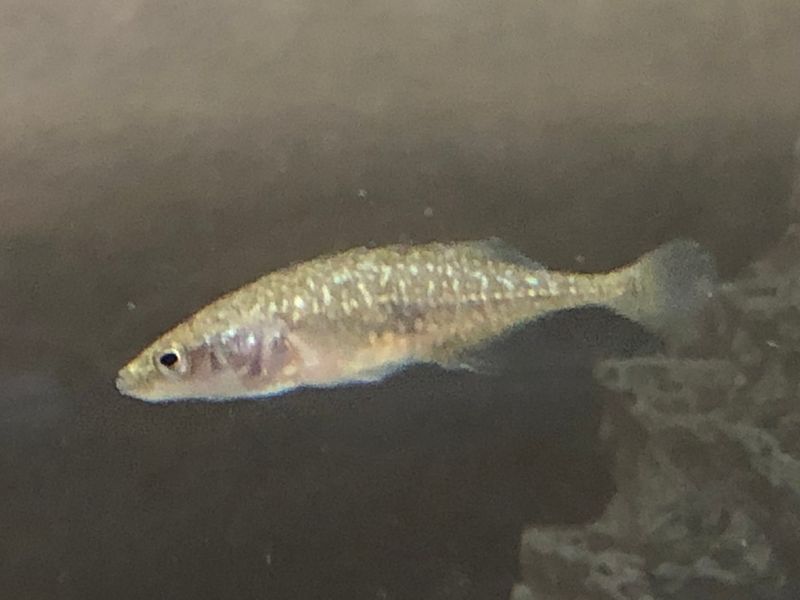
Despite its small size, the brook stickleback is a formidable survivor in polluted streams. This fish is known for its unique breeding habits, with males building and guarding nests to protect their young. Brook sticklebacks feed on small invertebrates and plant material, playing a role in controlling pest populations. Their adaptability to poor water quality makes them an important part of their ecosystems, where they help maintain the balance of aquatic life. These tough little fish are a testament to nature’s resilience in the face of adversity.

